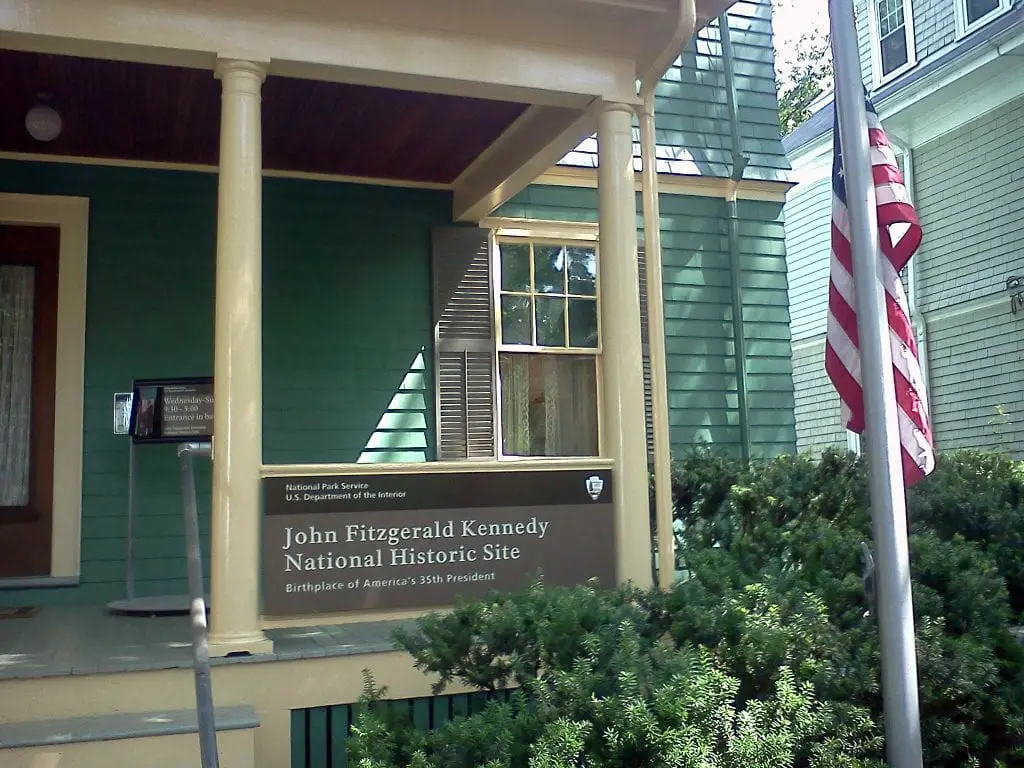The Birthplace of a President
Nestled in the heart of Brookline, Massachusetts, the John Fitzgerald Kennedy National Historic Site stands as a testament to the early life of America's 35th President.
The house at 83 Beals Street is more than just a structure; it's a capsule of history where JFK's values and aspirations were nurtured. Rose Kennedy, JFK's mother, cared to recreate the family's first home, preserving it as a sanctuary of memories and ideals.
The house is a modest, colonial revival structure, but its walls have witnessed the shaping of a future President. JFK's parents, Joseph and Rose Kennedy, moved into this house as a young couple, and it was here that their second son, John, was born on May 29, 1917. The family lived here until JFK was about three.
The site offers a glimpse into the domestic life of the Kennedys, complete with period-appropriate furnishings and personal artifacts. Visitors can almost hear the laughter and debates that once filled these rooms, offering a tangible connection to the past. It's not just a house; it's a narrative, a story of a boy who would one day become a leader.
The Historical Journey
The journey of 83 Beals Street from a family home to a national historic site is fascinating. After the Kennedys moved out, the house changed hands several times before the Kennedy family repurchased it in 1966. Rose Kennedy spearheaded the effort to restore the home to its original 1917 appearance, and in 1969, it was designated a National Historic Site.
The National Park Service took over the site's management in 1967, ensuring its preservation for future generations. Over the years, the site has undergone several renovations to maintain its structural integrity and historical accuracy. These efforts have been meticulous, involving extensive research and consultation with experts to ensure that every detail, from the wallpaper to the furniture, is period-appropriate.
Today, the site is an educational resource, offering a window into early 20th-century American life and the early years of one of the nation's most iconic figures. It's a place where history is not just observed but felt, a place that invites visitors to step back in time and experience the world as JFK once did.
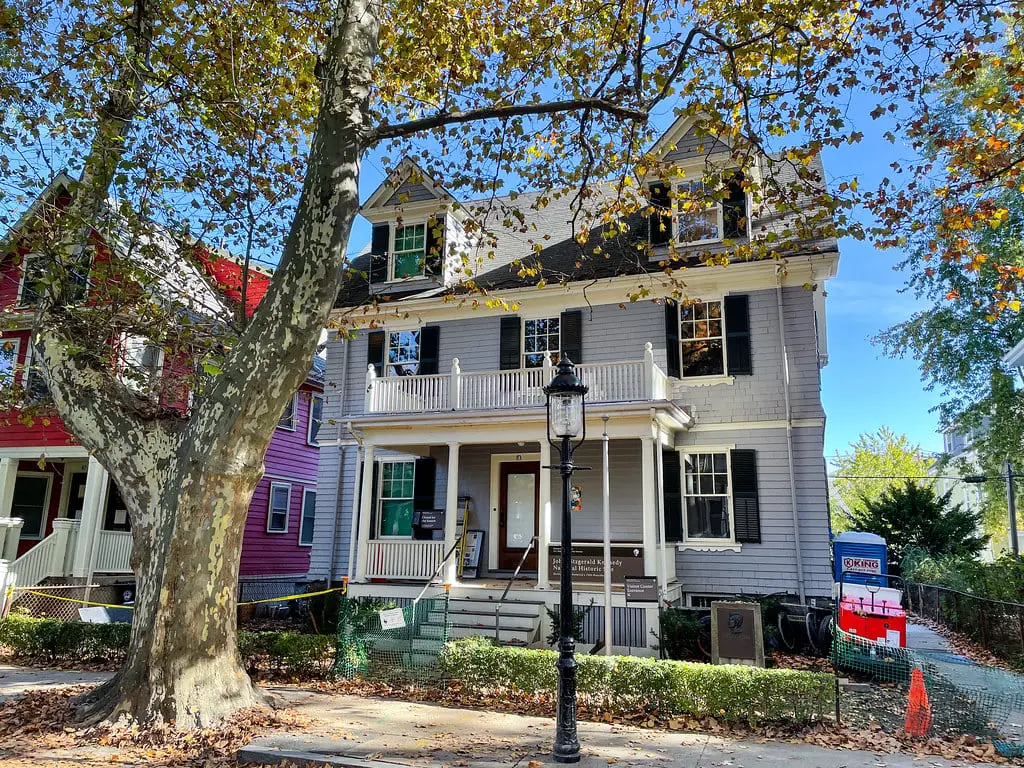
The Heart of the Kennedy Home: A Look Inside
The interior of the John Fitzgerald Kennedy National Historic Site in Brookline, MA, is a meticulously restored representation of the Kennedy family's life in the early 20th century. JFK's mother, Rose Kennedy, worked closely with interior designer Robert Luddington to recreate the home's 1917 appearance. About 19% of the artifacts in the house are original to the Kennedy family, while the rest are either period antiques or reproductions.
Living Room: A Space for Family and Formality
Visitors entering the home are first introduced to the living room or parlor as it was known back then. This room serves dual purposes: it's a space for formal entertaining and where the family unwinds in the evenings. Dominating the room is a piano that belonged to Rose Kennedy, one of the original pieces in the home, and a wedding gift from her uncles.
Dining Room: The Heart of Family Discussions
The dining room is particularly significant as it houses the most complete collection of Kennedy artifacts, including Rose's wedding china. Meals in the Kennedy household were formal affairs, served by a uniformed maid, and were also a time for lively discussions on various topics. Rose Kennedy set the table formally, not for day-to-day meals, but in anticipation of the home becoming a museum.
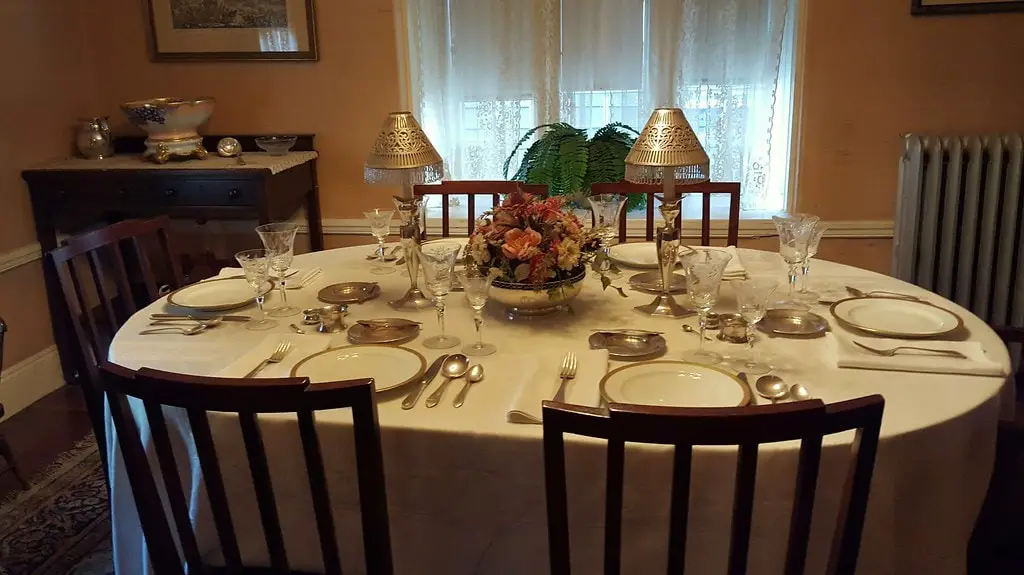
Master Bedroom: A Room of Beginnings
The master bedroom is unique in the home as it is where JFK and his sisters Rosemary and Kathleen were born. Rose Kennedy had seven of her nine children at home, all delivered by the same doctor, Dr. Good. The room is adorned with photographs, including 6-month-old baby pictures of Joe Jr., Jack, Rosemary, and Kathleen.
Nursery and Guest Bedroom: Spaces for the Young and Guests
The nursery features a bassinet that held each of the nine Kennedy children at different times, along with a christening cap, gown, and various books and toys. The guest bedroom, on the other hand, showcases linens bearing Rose's initials and Rosemary Kennedy's toiletry set.
Boudoir and Kitchen: Personal and Functional Spaces
The boudoir served as Rose's private space and office, where she kept track of household accounts and correspondences. The kitchen, modern for its time, was primarily the domain of the household's servants. It featured a combination coal and gas stove, an electric toaster, and a large icebox.
This carefully restored interior offers a glimpse into the Kennedy family's life and a snapshot of American domestic life from 1914 to 1920. It's a living museum, telling stories beyond the walls and artifacts, inviting visitors to step back in time and experience history firsthand.
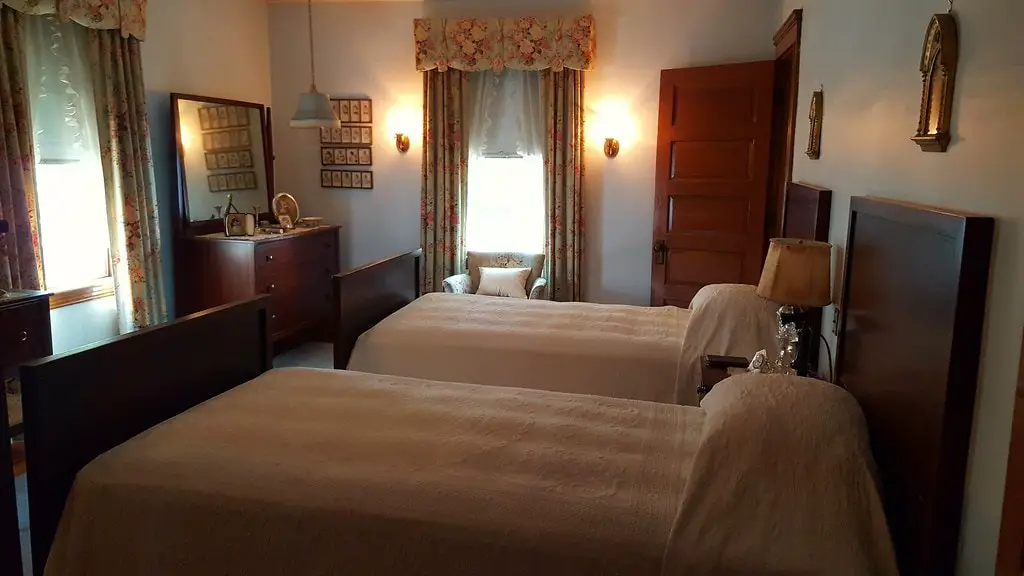
Virtual Experiences
While the site is closed for renovations, the virtual world offers many opportunities to engage with its rich history. The National Park Service provides a virtual audio tour of 83 Beals Street, allowing visitors to explore the house from their homes. The comprehensive tour covers each room and explains its significance in JFK's life.
There's a special "Young Jack Kennedy" virtual tour for younger audiences. This kid-friendly version offers a more interactive experience, with quizzes and activities to make learning fun. It's a fantastic way to introduce the younger generation to history, inspiring curiosity and a love for learning.
In addition to the audio tours, the site also offers virtual walking tours and online resources. These include staff-written articles that delve deeper into various topics related to the Kennedy family and the site itself. These resources provide a more nuanced understanding of the site's significance, enriching the virtual experience.
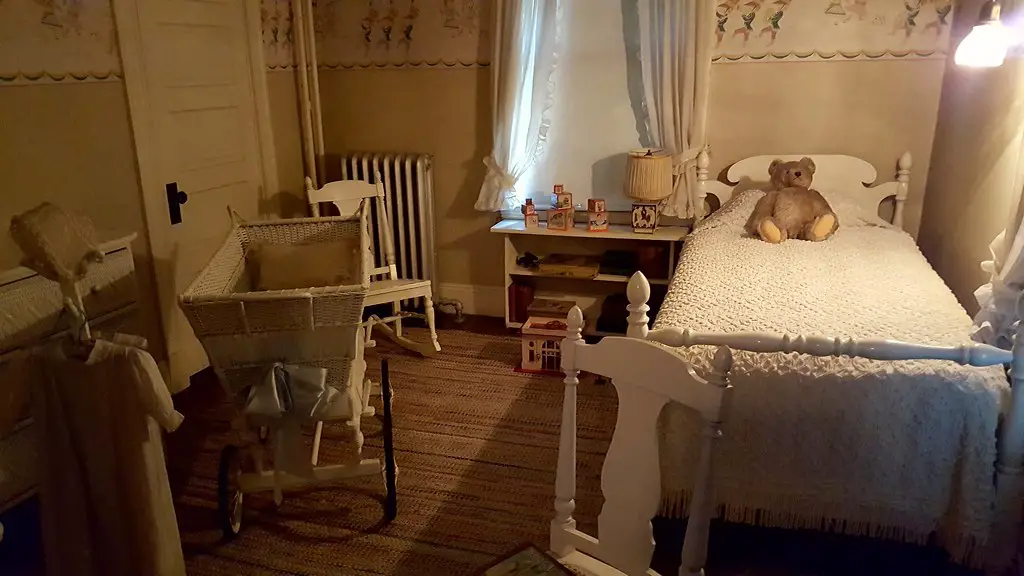
Educational Programs and Talks
Education is a cornerstone of the John Fitzgerald Kennedy National Historic Site. The Junior Ranger Program stands out for its engaging, cost-free educational experiences designed specifically for young people. This program can be completed virtually, making it accessible to kids everywhere.
The site also hosts specialty talks and film presentations beyond the surface. These talks cover a range of topics, from the political careers of the Kennedys to the architectural significance of the house. They offer a deeper dive into the subject matter, providing layers of understanding that a simple tour might not achieve.
Staff-written articles are another valuable resource. These pieces, penned by experts, explore various themes related to the site and the Kennedy family. They offer academic and relatable insights, making them a must-read for anyone interested in diving deeper into the site's history or the Kennedys.
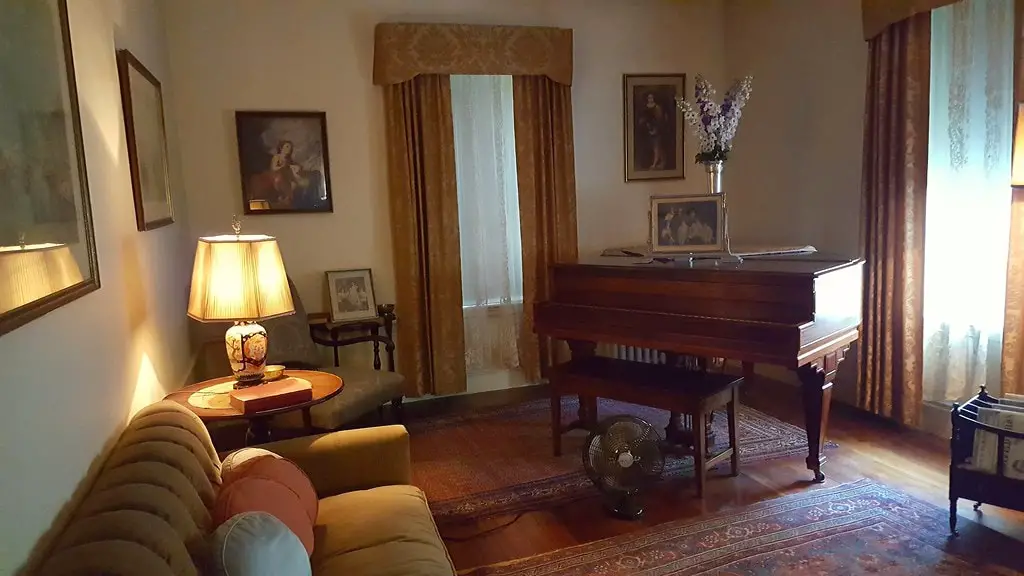
Recent Developments and News
For those following the site's updates, it's no secret that it is closed for renovations. Initially slowed down by the COVID-19 pandemic, the closure is now in its final stages, with a tentative reopening date of mid-to-late September 2023. The renovations include updates to the Visitor Center and other essential maintenance.
Despite the physical closure, the site has actively engaged the public through various offsite programs. In the summer of 2022, an array of offsite activities was offered to keep the public connected to the site's rich history. These included talks, virtual tours, and special events, ensuring the site remains a vibrant educational resource even when closed doors.
New appointments have also been made, including selecting new site managers and museum technicians. These changes are part of the site's ongoing efforts to enhance visitor experience and educational outreach. With these developments, the future looks promising for this cherished historic site.
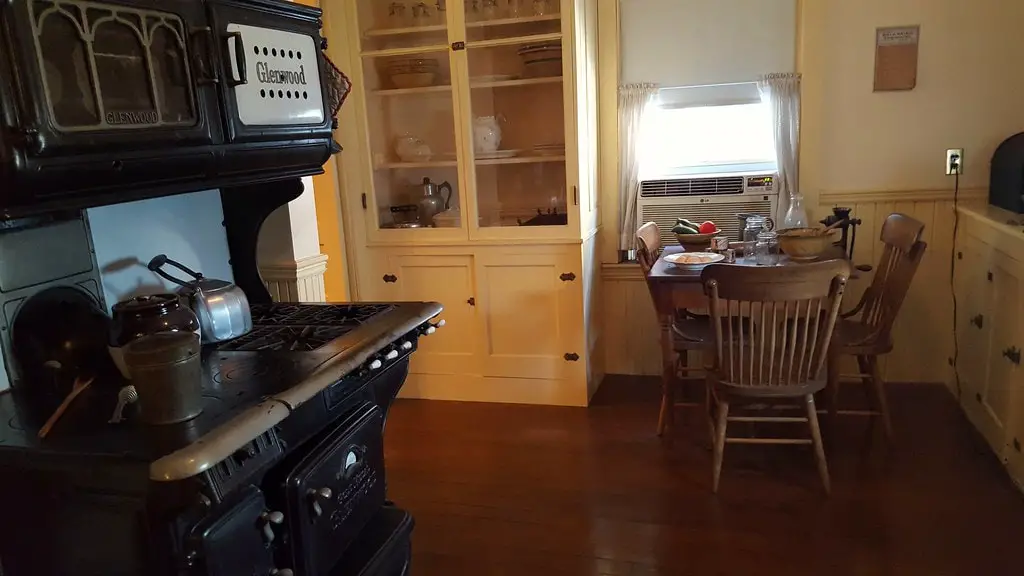
John Fitzgerald Kennedy National Historic Site: Visiting Information
Once the site reopens, it will resume its regular operating hours and seasons, offering various tours and educational programs. Permits and reservations can be made through the official National Park Service website for those planning a visit.
For further inquiries, social media platforms like Facebook and Instagram provide regular updates, making it easy for the community to stay connected.
So, as the countdown to reopening begins, the John Fitzgerald Kennedy National Historic Site stands as a beacon of history, education, and community engagement. It's not just a place to visit; it's a place to experience, learn, and remember.
